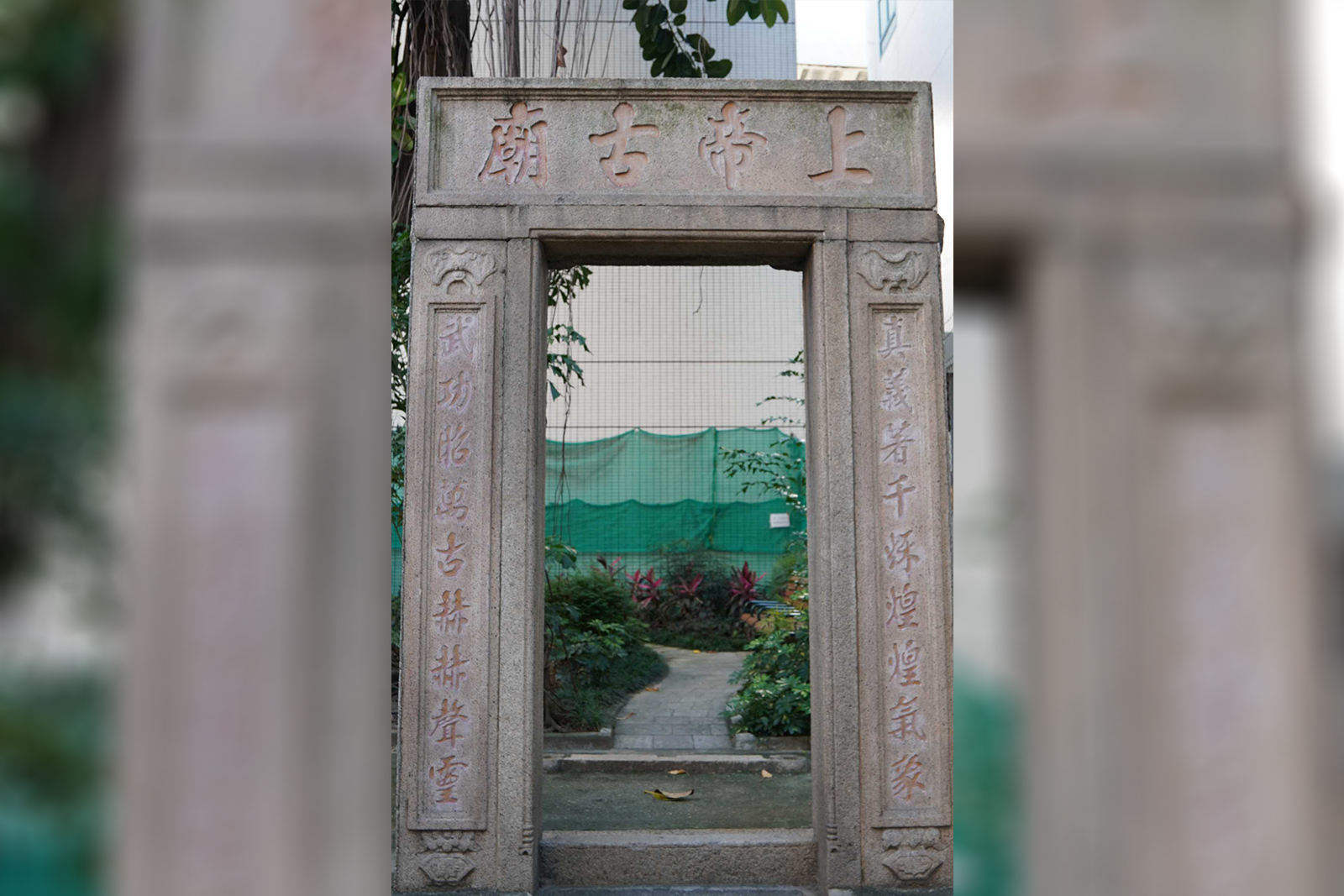
1st Heritage Point: Concourse of Sung Wong Toi MTR Station, Exhibition Area
Welcome to the exhibition, “Treasures from the Sacred Hill: Song-Yuan Archaeological Discoveries at Sung Wong Toi”. In the small display cabinet on your left are historic maps, aviation photographs from different eras and pictorial displays, all illustrating the history of what was known as “the Sacred Hill”. The big display cabinet on your right features over 400 archaeological finds.
Among the many valuable exhibits, we suggest you pay particular attention to the following relics: the pair of Celadon Incense Burners decorated with an Eight Trigrams Pattern, the Figurine of the King of Medicine and the Pottery Dice. Other selected exhibits including unearthed coins, ceramics, tea wares and architectural components of the Song dynasty are also featured in the display. Through this exhibition, we hope to provide an unique opportunity for the public to learn more about the history and environs of Sung Wong Toi.
Introduction:

2nd Heritage Point: Sung Wong Toi Garden
A salt field known as Kwun Fu Cheung was established in Kowloon Bay in Song times. According to historical records, the young Emperor Shi and Prince of Wei, Bing, of the Southern Song dynasty fled south during the Mongol onslaught in the final years of the Southern Song dynasty, and they later took refuge at Kwun Fu Cheung for a few months. The large boulder inscribed with the Chinese words “Sung Wong Toi” was related to this historically-recorded visit. The large boulder was originally up on Sacred Hill. The Sung Wong Toi MTR station is approximately where Sacred Hill used to be.
During the Japanese occupation of Hong Kong from 1941 to 1945, the boulder was dislodged from its place when Sacred Hill was levelled for an extension of the Kai Tak Airport. A portion of the boulder inscribed with Chinese words survived the blasting operation. In the 1950s, the boulder was shaped into a rectangular block and moved to Sung Wong Toi Garden for display by the government.
Introduction:

3rd Heritage Point: Ex-Ma Tau Kok Animal Quarantine Depot, No. 63 Ma Tau Kok Road, To Kwa Wan (Cattle Depot Artist Village) (Grade 2 Historic Building)
The ex-animal quarantine depot (“Cattle Depot”) was constructed in 1908 and served as a cattle slaughterhouse and a quarantine base for animals until 1999. The Cattle Depot was accorded a Grade 2 historic building status by the Antiquities Advisory Board in 2009, and it is the only remaining ex-animal quarantine depot constructed before the Second World War.
The Cattle Depot consists of offices, a slaughterhouse and animal sheds and yards. The site was made up of blocks featuring red-brick walls, Chinese tiled roofs and brick segmental arches over window openings. Original water troughs and metal rings still remain. The front portion of the Cattle Depot was revitalised into the Cattle Depot Artist Village in 2001. The rear portion of the Cattle Depot has been converted into the Cattle Depot Art Park in 2019, allowing the public to enjoy this open space.
Introduction:

4th Heritage Point: Kowloon City Vehicular Ferry Pier, To Kwa Wan (Grade 2 Historic Building)
The Kowloon City Vehicular Ferry Pier, situated on the To Kwa Wan seashore, was built in 1965. It provided vehicular ferry service between Kowloon City and North Point until 1998.
The Kowloon City Vehicular Ferry Pier was accorded a Grade 2 status by the Antiquities Advisory Board in September 2014. The Pier is a utilitarian building with the adoption of reinforced concrete. Hoardings are erected around the site to make sure that the construction of the Central Kowloon Route will not affect the Pier’s structure.
Introduction:

5th Heritage Point: Tin Hau Temple, No. 49 Ha Heung Road, To Kwa Wan (Grade 3 Historic Building)
This Tin Hau Temple was built near the sea during the reign of Guangxu of the Qing dynasty. The iron bell in the temple was cast in 1885 and offered by the villagers in To Kwa Wan. The temple consists of two halls each with three bays. In Chinese architecture, the central bay is hierarchically superior to the proper left, and then the proper right. Therefore, Tin Hau is enshrined in the central bay whilst the sea deity Lung Mo (Dragon Mother) (龍母), another important deity in this temple, is in the bay on the proper left side. This statue of Lung Mo came from the demolished Lung Mo Temple on Hoi Sham Island, which has been connected to To Kwa Wan since the reclamation in 1964.
Introduction:

6th Heritage Point: Stone Doorframe of the Old Sheung Tai Temple (Grade 3 historic building)
Located immediately in front of Lomond Road Garden, the Stone Doorframe of the Old Sheung Tai Temple was originally built in the late 19th century in the Kwu Kan Wai area (now Ma Tau Wai). The temple was dedicated to the worship of Pak Tai (also known as Sheung Tai). In 1921, the temple was moved to its current location. After the Second World War, the temple was largely destroyed and only the doorframe remain intact. In 2010, the stone doorframe was accorded a Grade 3 status by the Antiquities Advisory Board.
An antithetical couplet was engraved on the sides of the doorframe to praise Pak Tai. Bats and auspicious motifs decorate the top and bottom of the couplet. The stone base of the temple’s screen door is a short distance further behind the doorframe. In the 1950s, the government built a garden here and invited Professor Jao Tsung-i to write an inscription for the heritage.
Introduction:

7th Heritage Point: Tai Wo Tong (Grade 3 historic building)
24 Nga Tsin Long Road was built around 1935. Tai Wo Tong Chinese Medicine Co. was run by Chung Pak Ming, a Chinese Medicine Practitioner for decades. The directors of Lok Sin Tong had also provided free Chinese medicine services to the community in Tai Wo Tong. The building was built of reinforced concrete. The balcony of this shophouse is ideal for pedestrians to take shelter during inclement weather. All the granite columns, balconies, cement tiles and wooden windows are well preserved.
Tai Wo Tong Chinese medicine clinic has already been revitalised into a cafe, to a large extent preserving the interior design of its former self. Most of the original decorations and furnishings, such as the gilded signboard, Baizi cabinet and mirror shelves remain. All these features create a unique experience and environment for customers.
Introduction:

8th Heritage Point: Lok Sin Tong
The Lung Tsun Stone Bridge was built between 1873 and 1875. It was originally about 210 meters in length and 2.6 to 4 meters in width, making it an important traffic route to the Kowloon Walled City.
The charitable organisation, Lok Sin Tong, which was officially registered in 1880, set up a public scale at the Lung Tsun Stone Bridge pier. All the goods transported over the pier had to be weighed by Lok Sin Tong, using the public scale, and tariffs had to be paid. The proceeds went to Lok Sin Tong to be used for charitable purposes.
In 1892, Lok Sin Tong financed timber extension works to the bridge, extending it about 80 meters towards the sea.
In 1910, the timber extension of the bridge was replaced by a concrete structure.
In the 1920s, part of the Lung Tsun Stone Bridge was buried during the Kai Tak reclamation. The stone lintel with an inscription of “龍津” from the Pavilion for Greeting Officials was then in the custody of Lok Sin Tong.
Introduction:

9th Heritage Point: Remnants of the South Gate of Kowloon Walled City (Declared Monument)
The Kowloon Walled City was originally a garrison town built by the Qing government in 1846-1847, with the public money and subscription of the gentry of Guangdong province, as a military outpost to reinforce the coastal defence of the region. The City wall was built of large granite slabs and incorporated six watch towers and four gateways. The South Gate was officially recognised as the “main gate”.
Inside the walled city, there were streets built with stone slabs, well, cannons, Office of Commodore of the Dapeng Brigade, Administrative Office of the Assistant Magistrate of Kowloon, Mo Tai Temple, Pavilion for Martial Arts Training, Grand Parade Ground, gunpowder and ordnance magazines, soldiers’ quarters, civilian buildings etc.
In 1987, the Hong Kong Government announced that the Kowloon Walled City was to be demolished and the site replaced with a park. The Antiquities and Monuments Office conducted archaeological investigations from 1993-1994, during which the two stone plaques from the original South Gate, bearing the characters “South Gate” and “Kowloon Walled City” of the original South Gate were discovered. Subsequently, the Government decided to preserve the remnants of the South Gate in-situ for display to the public.
Introduction:

10th Heritage Point: Former Yamen Building of Kowloon Walled City (Declared Monument)
Originally the administrative office of the assistant magistrate of Kowloon, the Yamen Building is a three-hall, two-courtyard structure. It was built of grey bricks in a simple but functional design, with granite column bases and tiled roofs sitting on purlins supported by columns and gable walls. The two side rooms at the front hall are reserved for garrison. The middle hall served as the office, while the rear block housed the magistrate’s residence.
After the Qing officials departed in 1899, the Yamen Building was used for various charitable purposes, such as a home for the aged, a school and a clinic, among other things. In 1987, the Hong Kong Government announced that the Kowloon Walled City was to be demolished and the site converted into a park. The Yamen Building was preserved and restored to stand as a reminder of the history of the Kowloon Walled City and the surrounding region.
The Former Yamen Building of the Kowloon Walled City was declared a monument in 1996.
Introduction:

11th Heritage Point: Hau Wong Temple (Declared Monument)
The Hau Wong Temple in Kowloon City was probably built in 1730 or before as suggested by reference to the temple bell, which was cast in the eighth year of the reign of Yongzheng of the Qing dynasty (1730). The temple is dedicated to Yeung Hau Tai Wong.
The Hau Wong Temple is one of the very few temples in Hong Kong to maintain a rich collection of historical relics relating to the Kowloon Walled City garrison, such as an incense burner donated in 1847 by Xu Wenshen, the first Assistant Magistrate of Kowloon, as well as other famous relics like stone tablets, couplets, timber plaques and rock carvings.
The temple was built on an elevated terrace. A separate pavilion with a hip-and-gable roof supported by fine granite columns and wooden brackets stands in front of the temple building. Altars are placed in the rear hall of the main temple building. The stepped gables of the rear hall are built in the style known as ‘five peaks pay tribute to heaven’ (五岳朝天), a very rare design which is seldom found in Hong Kong. Many exquisite and decorative Shiwan ceramic figurines are preserved in the temple.
Introduction:

12th Heritage Point: Old House, Nos. 31-35 Hau Wong Temple New Village (Stone Houses Family Garden) (Grade 3 historic building)
The site of Nos. 31-35 Hau Wong Temple New Village Old House was formerly occupied by several residential houses built in the late 19th century which belonged to the Ho Family. The Old House which you can see now was built later, around 1941 to 1945 and was accorded a Grade 3 status in May 2010 by the Antiquities Advisory Board.
In the 1950s, there were several film studios operated in the area, but in the 1970s, they were replaced by factories such as “Nam Yan Kee Grave and Tombstone Construction Company”.
In 2001, the Hau Wong Temple New Village was demolished to make way for the redevelopment of the area of Kowloon City, the Old House is the only remaining structure of the village.
The Old House was included in Batch II of the Revitalising Historic Buildings Through Partnership Scheme, it has turned into “Stone Houses Family Garden” after revitalisation and opened to the public since 2015.
Introduction:
Co-organisers:





